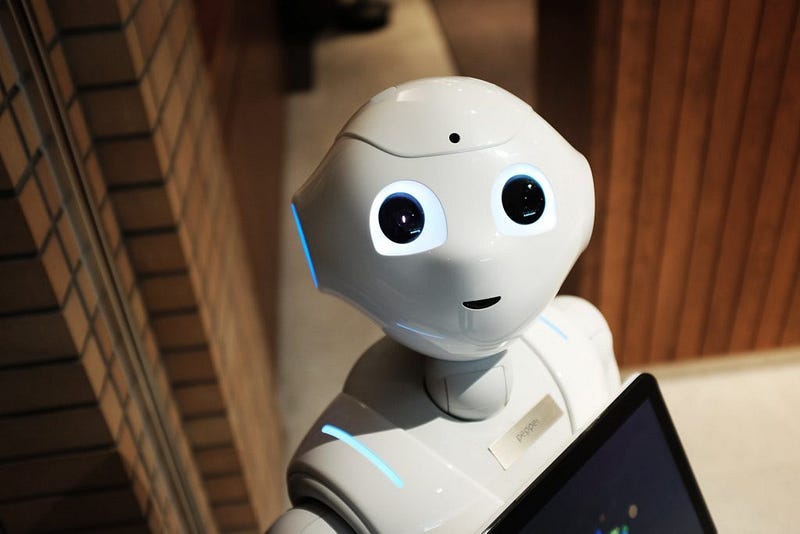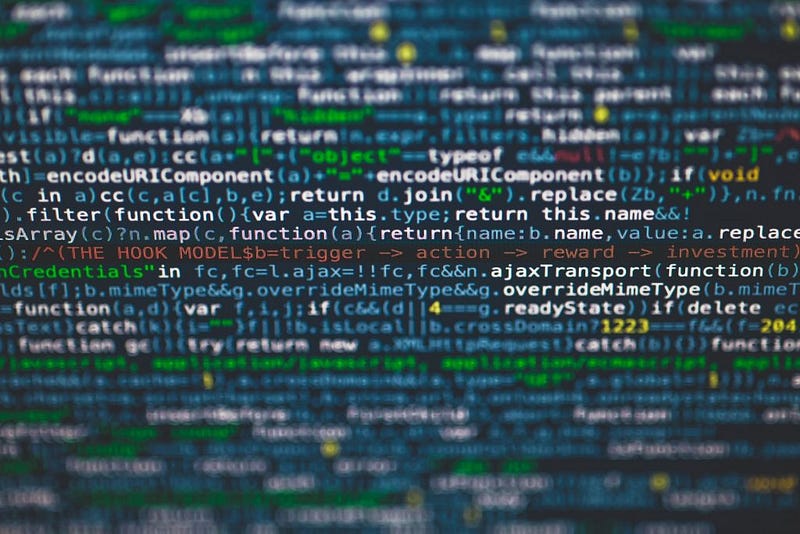Artificial Intelligence: A Collaborative Partner Rather Than a Threat
Artificial Intelligence carries diverse connotations across different cultures. For many Western audiences, initial exposure to AI concepts emerged through dystopian cinema portrayals. Iconic examples include HAL 9000 from *2001: A Space Odyssey*, the autonomous systems in *I, Robot*, or the adversarial machines in *The Terminator*. These narratives typically position AI as antagonistic entities with advanced computational capabilities.
Contrastingly, Japanese media has historically presented more optimistic depictions. Productions like *Astro Boy* and *Doraemon* characterize AI as beneficial partners—emphasizing cooperative relationships rather than conflict scenarios.
From a technical perspective, Machine Learning has existed since the 1980s. Fundamentally, it involves training computational systems to make informed decisions through outcome analysis—analogous to human decision-making processes but without emotional or physiological constraints.

The exponential growth of 'Big Data'—characterized by massive volumes of digital information generation—has significantly enhanced algorithmic capabilities. These systems now power diverse applications, from personalized content recommendations on social platforms to predictive analytics in e-commerce.
Modern cybersecurity solutions now leverage multi-agent reinforcement learning systems that autonomously adapt to new threat vectors in real-time. These AI systems demonstrate an ability to identify zero-day vulnerabilities up to 94% faster than traditional signature-based detection methods, according to 2023 studies from Stanford's AI Index Report.
The frontier of behavioral analytics now incorporates neuromorphic computing architectures that mimic human neural structures. These systems can process contextual user behavior patterns with unprecedented accuracy, enabling predictive security measures that anticipate potential breaches before they occur.
Contemporary AI systems represent what specialists term "Narrow AI"—highly proficient in specific domains such as image generation or email automation, but limited in general cognitive capabilities. These systems excel at specialized tasks while lacking broader contextual understanding.

This human likeness is entirely synthetic, generated by a Generative Adversarial Network (GAN). Explore this technology at thispersondoesnotexist.com.
Artificial General Intelligence (AGI) represents a theoretical system capable of performing any intellectual task that a human can—from business operations to creative endeavors to complex problem-solving. Such systems would integrate diverse cognitive capabilities within a unified framework.
A particularly significant aspect of AGI would be recursive self-improvement capability. This refers to systems that could autonomously enhance their own algorithms, potentially leading to rapid exponential advancement in capabilities.
Moore's Law.
Moore's Law observes that transistor density on integrated circuits doubles approximately every two years. This principle explains why modern mobile devices surpass the computational power of historical systems that facilitated lunar exploration.
Current technological development has reached a stage where AI-optimized server infrastructure can manage complex operations ranging from smart city management to commercial applications.
Recent breakthroughs from organizations like DeepMind demonstrate AI systems that can now autonomously generate novel mathematical proofs and scientific hypotheses. Their AlphaGeometry system solved complex Olympiad-level geometry problems at a gold-medal standard, showcasing emerging reasoning capabilities.

Summary
Artificial Intelligence has transitioned from theoretical concept to practical technology integrated into daily life. As computational efficiency improves and models become more sophisticated, AI applications will continue expanding—encompassing tasks ranging from logistical optimization to personal assistance to creative processes.
The AI landscape continues to evolve at an unprecedented pace, with systems now demonstrating capabilities that were considered science fiction just a decade ago. From quantum machine learning to biological neural interfaces, the next generation of artificial intelligence promises to fundamentally transform our technological paradigm.







